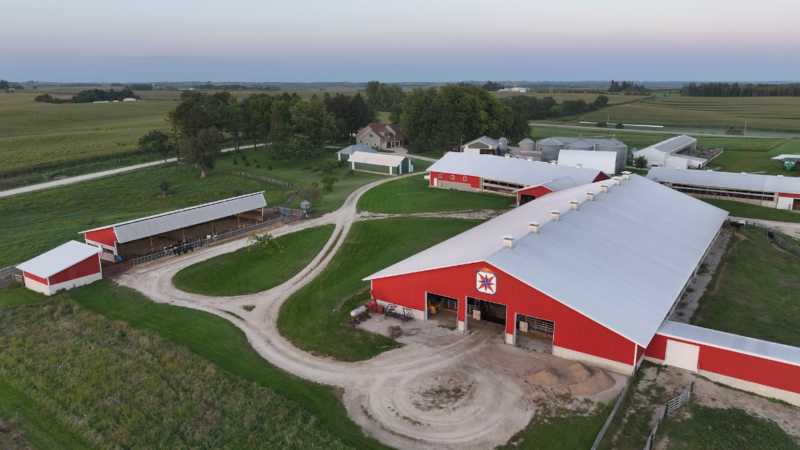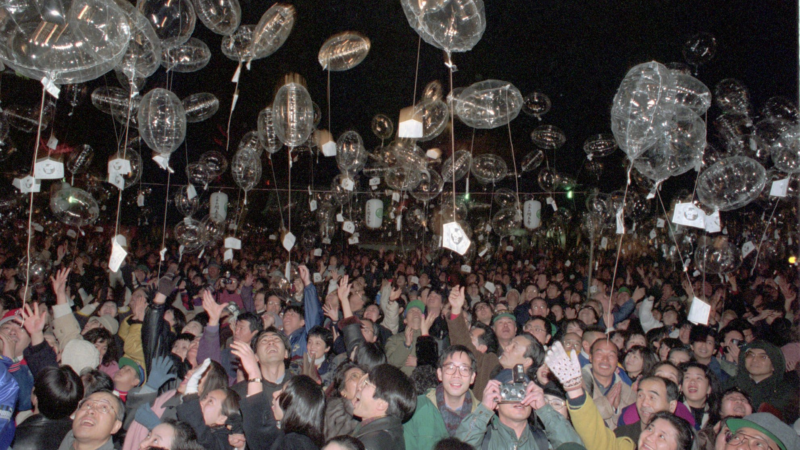Thousands evacuated in Canada as wildfires threaten air quality in parts of the U.S.
FLIN FLON, Manitoba — More than 25,000 residents in three provinces have been evacuated as dozens of wildfires remained active Sunday and diminished air quality in parts of Canada and the U.S., according to officials.
Most of the evacuated residents were from Manitoba, which declared a state of emergency last week. About 17,000 people there were evacuated by Saturday along with 1,300 in Alberta. About 8,000 people in Saskatchewan had been relocated as leaders there warned the number could climb.
Smoke was worsening air quality and reducing visibility in Canada and into some U.S. states along the border.
“Air quality and visibility due to wildfire smoke can fluctuate over short distances and can vary considerably from hour to hour,” Saskatchewan’s Public Safety Agency warned Sunday. “As smoke levels increase, health risks increase.”
Saskatchewan Premier Scott Moe said firefighters, emergency crews and aircraft from other provinces and U.S. states, including Alaska, Oregon and Arizona, were being sent to help fight the blazes.
“We are truly grateful, and we stand stronger because of you,” Moe said in a post on social media.
He said ongoing hot, dry weather is allowing some fires to grow and threaten communities, and resources to fight the fires and support the evacuees are stretched thin.
“The next four to seven days are absolutely critical until we can find our way to changing weather patterns, and ultimately a soaking rain throughout the north,” Moe said at a Saturday news conference.
In Manitoba, more than 5,000 of those evacuated are from Flin Flon, located nearly 645 kilometers (400 miles) northwest of the provincial capital of Winnipeg. In northern Manitoba, fire knocked out power to the community of Cranberry Portage, forcing a mandatory evacuation order Saturday for about 600 residents.
The fire menacing Flin Flon began a week ago near Creighton, Saskatchewan, and quickly jumped the boundary into Manitoba. Crews have struggled to contain it. Water bombers have been intermittently grounded due to heavy smoke and a drone incursion.
The U.S. Department of Agriculture’s Forest Service deployed an air tanker to Alberta and said it would send 150 firefighters and equipment to Canada.
In some parts of the U.S., air quality reached “unhealthy” levels Sunday in North Dakota and small swaths of Montana, Minnesota and South Dakota, according to the U.S. Environmental Protection Agency’s AirNow page.
“We should expect at least a couple more rounds of Canadian smoke to come through the U.S. over the next week,” said Bryan Jackson, a meteorologist with the National Weather Service in the U.S.
Separately, a fire in the U.S. border state of Idaho burned at least 100 acres (40 hectares) as of Sunday, prompting road closures and some evacuations, according to the Idaho Department of Lands. The agency said in a news release that at least one structure was burned, but did not provide additional details about the damage.
Strong gusty winds of 15 to 20 mph (24 to 32 kph) and steep terrain were making it difficult for firefighters battling the fire, which ignited Saturday.
Evacuation centers have opened across Manitoba for those fleeing the fires, one as far south as Winkler, 20 kilometers (12 miles) from the U.S. border. Winnipeg opened up public buildings for evacuees as it deals with hotels already crammed with other fire refugees, vacationers, business people and convention-goers.
Manitoba’s Indigenous leaders said Saturday at a news conference that hotel rooms in the cities where evacuees are arriving are full, and they called on the government to direct hotel owners to give evacuees priority.
Assembly of Manitoba Chiefs Grand Chief Kyra Wilson said it was one of the largest evacuations in the province since the 1990s.
“It’s really sad to see our children having to sleep on floors. People are sitting, waiting in hallways, waiting outside, and right now we just need people to come together. People are tired,” Wilson said at a news conference.
Canada’s wildfire season runs from May through September. Its worst-ever wildfire season was in 2023. It choked much of North America with dangerous smoke for months.
His brother’s mental illness isolated his family. Now he’s helping other caregivers
When it comes to serious mental illness, family caregivers are crucial partners. But often, they must fend for themselves. A new solution offers them support.
Out with the mayo: How Ukrainians reclaim holiday food
For many people from former Soviet countries, New Year's is a big holiday feast time. A Ukrainian restaurant in Washington gives NPR a taste of what's on the menu.
50 wonderful things from 2025
Each year, critic Linda Holmes looks back on the year and compiles a list of the things that brought her joy.
Farmers are about to pay a lot more for health insurance
Tariffs, inflation, and other federal policies have battered U.S. farmers' bottom lines. Now many farmers say the expiration of federal health care subsidies will make their coverage unaffordable.
Why do we make New Year’s resolutions? A brief history of a long tradition
One of the earliest mentions of New Year's resolutions appeared in a Boston newspaper in 1813. But the practice itself can be traced back to the Babylonians.
Judge orders new trial for Alabama woman sentenced to 18 years in prison after stillbirth
Lee County Circuit Judge Jeffrey Tickal vacated Brooke Shoemaker’s 2020 conviction for chemical endangerment of a child resulting in death. Tickal said Shoemaker's attorneys presented credible new evidence that the infection caused the stillbirth.








